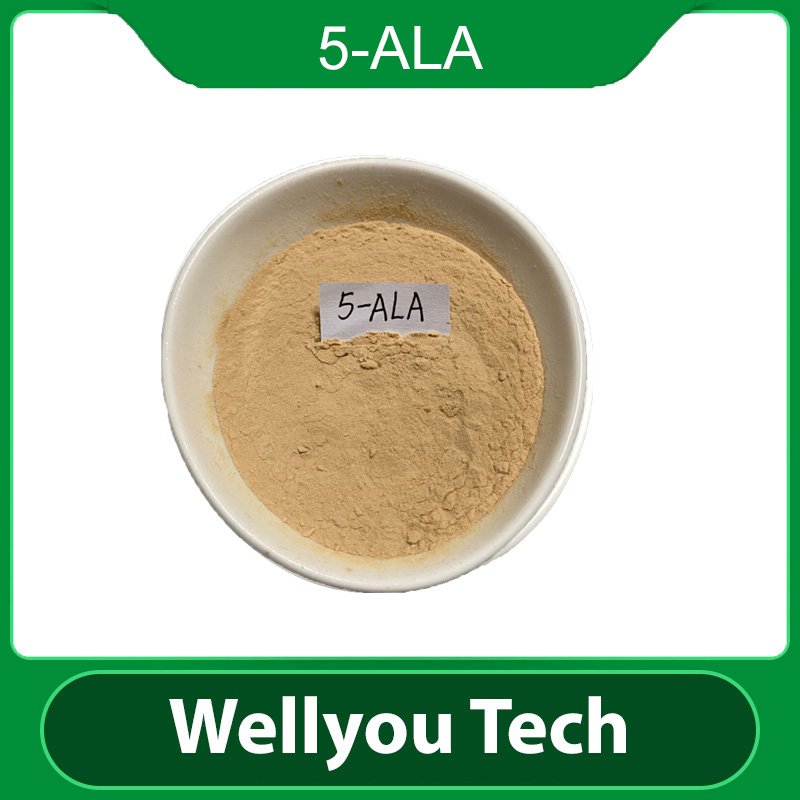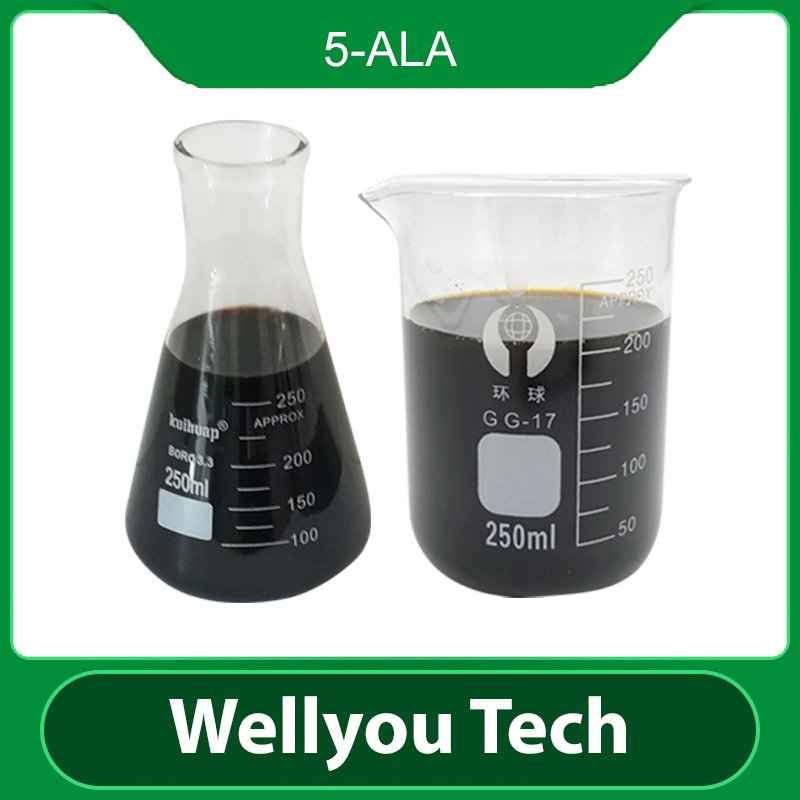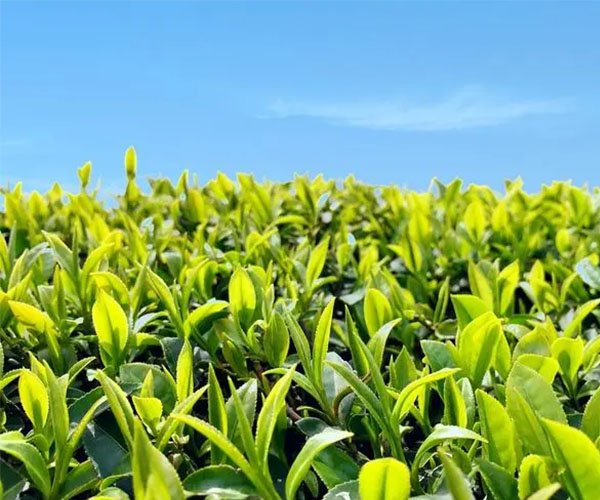Wang Liangju and others from the School of Horticulture, Nanjing Agricultural University published an article “The Effect of 5-Aminolevulinic Acid (5-ALA) on the Growth and Quality Components of Spring Tea”. The research results found that spraying low concentrations of 5-ALA can significantly promote the budding of tea trees. Increase the content of free amino acids, chlorophyll, caffeine, soluble sugar, water extract and other quality ingredients in tea. And reduce the phenolic to ammonia ratio of tea.
It shows that spraying low concentration 5-ALA can improve the yield and quality of spring tea.
1. Effect of 5-ALA on spring tea budding rate and tea leaf content
The budding rate of tea leaves is directly related to tea yield. Experiments show that spraying 5-20mg/L 5-ALA can effectively increase the germination rate of spring tea, and has the potential to increase yield. Spraying 5 or 10 mg/L 5-ALA reduced the content of tea polyphenols and phenolic ammonia ratio, and the effect of increasing the contents of caffeine, soluble sugar, and water extract was more obvious.
2. Effect of 5-ALA on chlorophyll content of tea leaves
The experiment showed that 5-ALA treatments at three concentrations significantly increased the chlorophyll A, chlorophyll B, total chlorophyll, and chlorophyll a/chlorophyll b of tea leaves. This is consistent with the actual observation that the color of tea leaves treated with 5-ALA deepened. The results are consistent.
3. Effect of 5-ALA on chlorophyll fluorescence characteristics of tea leaves
5-ALA promotes the reduction rate and photosynthetic electron transfer of QA. resulting in the continued increase of J points, I points and P points. 5-ALA treatment increased the lowest point of MR/MRo of tea leaves, resulting in an increase in the amplitude of fast and slow phases. Suggesting that 5-ALA can significantly increase the activity of PSI (photosystem I) in tea leaves.

In conclusion:
Spraying 5-ALA with low-concentration on overwintering tea leaves can effectively increase the bud rate and quality components of spring tea. It is closely related to its increase in chlorophyll content, photosynthetic capacity and antioxidant capacity of tea leaves.

5-ALA is a natural, non-toxic, biodegradable and environmentally friendly functional non-protein amino acid with multiple physiological activities. Its application in tea production not only has the potential to increase tea yield and improve tea quality. And 5-ALA can meet the requirements of food quality and safety.


